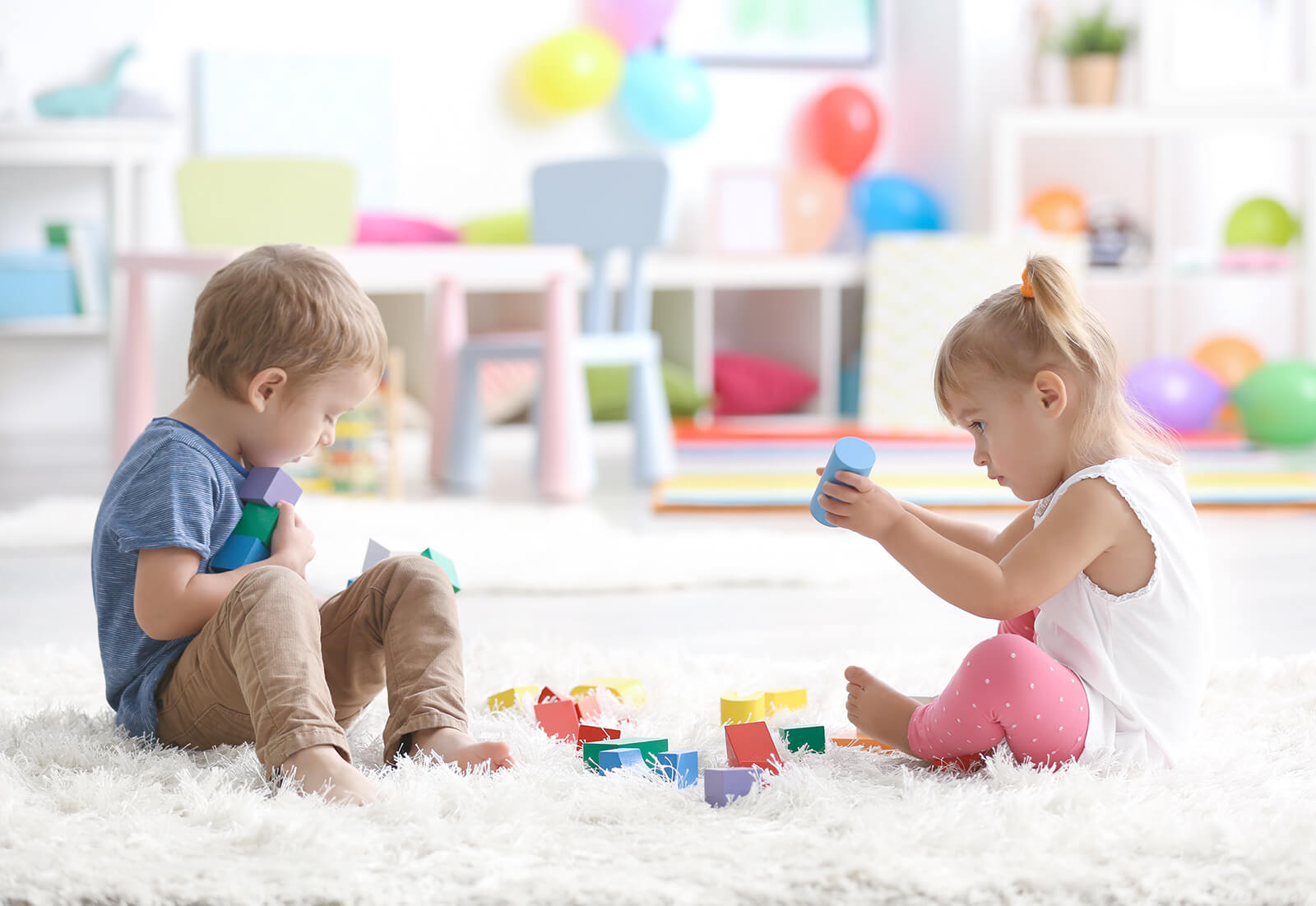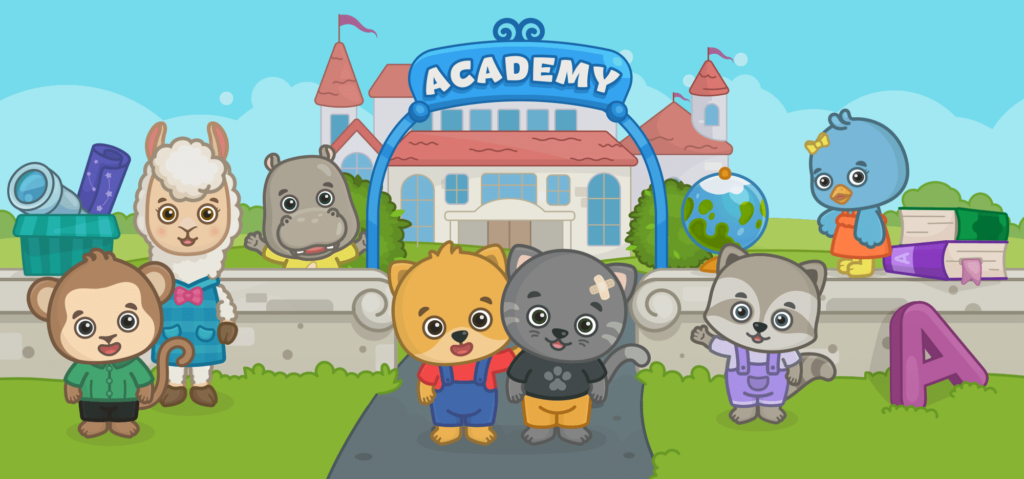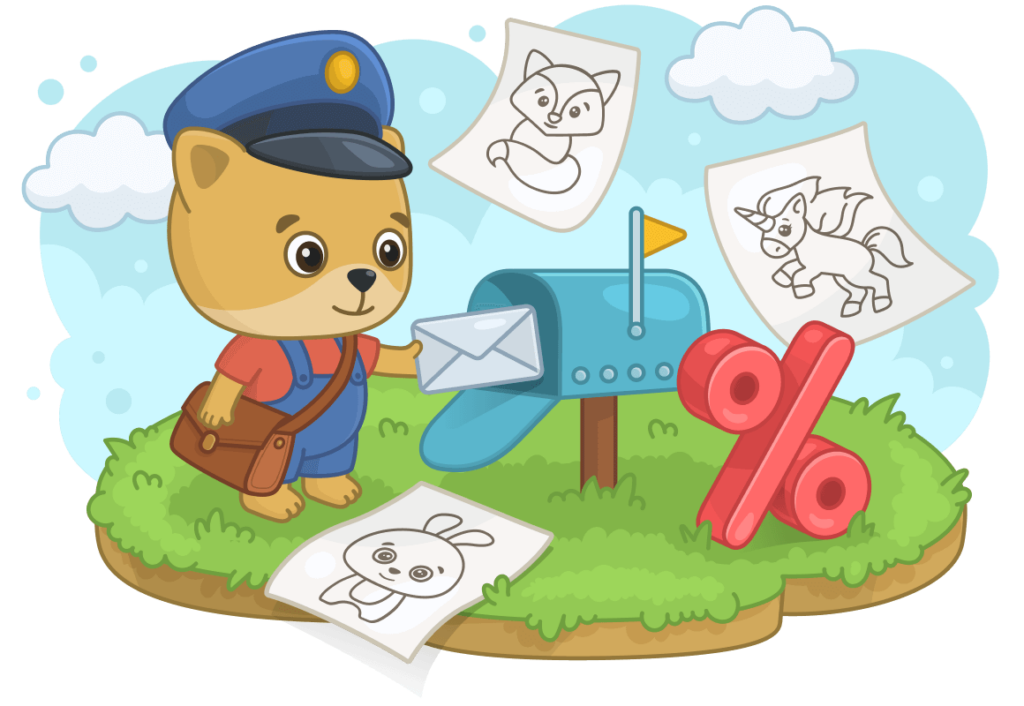There is something uniquely comforting and enchanting about wooden toys, even us parents know it. Children are especially enthused about their versatile and endearing nature as they can peruse and play with them for hours. They are simple yet multifaceted and are immensely beneficial for the cognitive, social and physical development of children. The developmental benefits of wooden toys are researched and confirmed repeatedly. Below are some of the many advantages of allowing your children to play with wooden toys.
Sensory Development
The organic experience of touching, sensing the surface, shape, volume, and weight of the wooden toys develops complex neurological connections in the child’s brain and enhances their memory. When exploring the world through the sense of touch children become adept at recognizing the key elements and attributes of the world: hot or cold, sticky or rough, wet or dry, soft or rigid. Wood can heat up and attain warmth, as well as has a mild natural smell. This is especially beneficial for younger children, who discover and explore the world not only through touch and sight but also through smell and putting things in their mouths, so wooden toys can become a truly organic extension of play, gratify the young curious mind and satisfy their senses.
Reduces anxiety
A wooden toy is very soothing and appealing not only to the child’s sense of touch. Research shows that children experience a more tranquil and advantageous quality play through wooden toys than from any other material. Exploring and playing with toys made from organic materials allows children to slow down and probe into the qualities and possibilities of play. Plastic, clangy and bright toys can overstimulate, stress and cause exhaustion in the child, compared to the minimalistic, wholesome and non-intrusive nature of wooden toys. The result is a child quietly and deeply engulfed in quality imaginative play.
Language Development
Sensory play allows children to try and learn new ways of talking about the world. It supports their language development and encourages them to effectively communicate with others during play. Paired with the wholesome and minimalistic attributes of wooden toys which allow versatility and trigger the imagination, the child is inspired to express the colorful new emotions they experience and the many new ideas that come to their minds.
Promotes cooperation and sharing
Wooden toys encourage children to interact and collaborate effectively – an essential element in a child’s development. Through playing with wooden building blocks with a friend, for example, they begin to share their ideas, build new relationships, learn to listen and understand, as well as grow empathy.
Fine Motor Skills
It goes without saying that wooden toys are essential for the development of fine motor skills, which is the coordination of small muscles and the synchronization of hands and fingers with the eyes. Pinching, lifting, balancing wooden toy pieces exercise the nervous system and develop the parts of the brain that are responsible for dexterity and coordination. In short, playing with wooden blocks prepares the child for more complex tasks later on, such as holding a pencil and tracing and other complex coordinated movements.
Cognitive Growth
We already established that sensory play builds interconnections in the nervous system and the brain’s pathways, which develop the child’s ability to carry out complex learning tasks. Wooden toys support a child’s cognitive growth, enhancing their thought-process, reasoning, and logic. By grabbing and lifting, balancing and stacking, merging and categorizing wooden blocks and toys children learn to make logical conclusions and develop an understanding of the physical attributes and rules of weight, dynamics, geometry, and volume.
Safety
We are always driven to protect our children from harmful substances and materials, which, unfortunately, surround us everywhere. The goal should be to remove them or at least to minimize their presence in the child’s playroom. Non-organically made toys, such as plastic and metal, are known for having toxic substances such as BPA, PVC, lead paint and so on. For young children, who tend to put toys in their mouths this can be especially dangerous. Wooden toys, on the other hand, are organic, non-toxic and naturally antibacterial. Moreover, wooden toys are more durable, unlike plastic toys which when broken leave jagged sharp edges which can harm the child and small pieces which are potential choking hazards.
Durable, heirloom toys
Wooden toys are always perceived as traditional playtools which can be passed on from generation and generation. Their classic appeal and basic learning attributes make them timeless and attractive for children of all ages and times. Plus, they are more durable, which means that they are more likely to be outgrown between siblings, children and even grandchildren.
Environmentally sound and eco-friendly
Today, parents are mindful about the environment. They are concerned not only about the non-organic toxic substances in toys and everyday items but also their harmful effects on the environment. Landfills and oceans are clogged with plastics that are nonbiodegradable and harm living organisms, adding on to the already pressing environmental issues. Wood, on the other hand, is a sustainable, recyclable and biodegradable material. Moreover, a recent study shows that an average of 3 months after Christmas 41 percent of all plastic toys ends up in the landfill. Imagine the effect of all that plastic on the environment. Wooden toys, if they ever do end up in the landfill, will not cause much harm and by time will break down leaving no harmful traces on the earth or in the ocean.
Educational qualities
Today wooden toys are crafted according to the research and methodologies on child learning and development, based on the principles developed by legendary child psychologists, scientists, and pedagogues such as Montessori, Steiner, and Dewey. Wooden toys are designed to aid children at a very young age in learning about shapes, sizes, colors, textures, as well as develop logical thinking, cause-and-effect and organizational, problem-solving, decision-making skills among others.
Triggers the imagination
Children as masters of imagination are able to take a simple wooden peg and turn it into a horse galloping across mountains, stack blocks into houses or magical castles in powerful kingdoms, design entire towns, create intricate stories and go on adventures. Wooden toys with their simple yet versatile design give enough space for the wild imaginations of the little ones to roam. This, in turn, shapes creativity, know-how in children, as well as boosts confidence.




